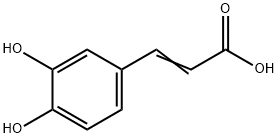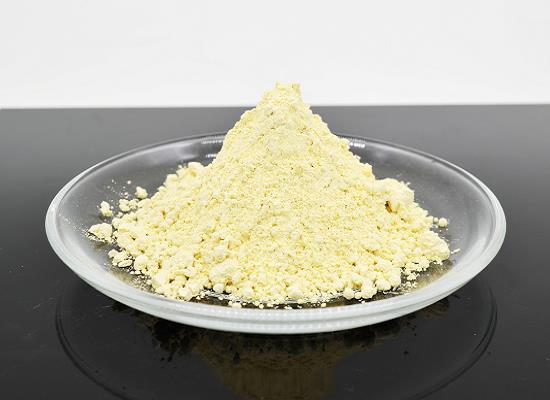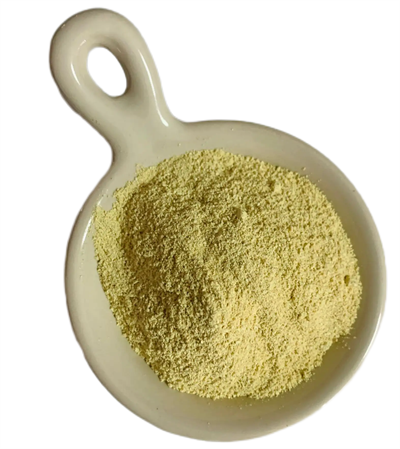In what foods and plants does Caffeic acid occur?
Introduction
Caffeic acid, also known as 3,4-dihydroxycinnamic acid, is a hydroxycinnamic acid belonging to the phenolic acid family, which has a phenylpropanoid (C6-C3) structure with a 3,4-dihydroxylated aromatic ring attached to a carboxylic acid through a transethylene wire.
Biosynthesis
The biosynthesis of this compound in plants occurs through the endogenous shikimate pathway responsible for producing aromatic amino acids from glucose. The reaction starts with shikimic acid and undergoes three enzymatic reactions. Caffeic acid is found in the simple form (monomers) as organic acid esters, sugar esters, amides, and glycosides, or in more complex forms such as dimers, trimers, and flavonoid derivatives, or they may also be bound to proteins and other polymers in the cell wall of the vegetable.
Source
Caffeic acid (CA) is an organic compound and a potent antioxidant. It can be found naturally in a wide range of plants. It could be produced through the secondary metabolism of vegetables, including olives, coffee beans, fruits, potatoes, carrots, and propolis, and constitutes the primary hydroxycinnamic acid found in the diet of humans. In particular, it occurs in almost all plants, specifically in coffee, thyme, sage, and olive plants. Health Benefits Consumption of CA-rich foods leads to a protective effect against carcinogenesis by preventing the formation of nitro compounds (nitrosamines and nitroamides) that are the main inducers of this pathology[1].

Benefits
This compound is a type of polyphenol, a class of micronutrients known for their antioxidant properties. The nutrient is claimed to have many health benefits, including anti-inflammatory, anticancer, and antiviral abilities. It may boost the performance of athletes. It may play a key role in preventing osteoporosis and osteoarthritis. Melguizo-Rodriguez et al. demonstrated that Caffeic acid upregulates TGFβ1, TGFβ receptor 1, TGFβ R2, TGFβ R3, BMP2, Runx2, ALP, Osterix, and OCN mRNA, suggesting that caffeic acid induces osteoblast differentiation[2]. Huang et al. demonstrated that caffeic acid prevents IL-1β–induced degradation of aggrecan and type Ⅱ collagen in chondrocytes.
References
[1] Kaio Murilo Monteiro Espíndola. “Chemical and Pharmacological Aspects of Caffeic Acid and Its Activity in Hepatocarcinoma.” Frontiers in Oncology (2019): 541.
[2] Ribaudo, Giovanni. “Natural Products Chemistry: Advances in Synthetic, Analytical and Bioactivity Studies.” Molecules 28 14 (2023).
You may like
Related articles And Qustion
See also
Lastest Price from Caffeic acid manufacturers

US $0.00/kg2025-09-28
- CAS:
- 331-39-5
- Min. Order:
- 1kg
- Purity:
- 99%
- Supply Ability:
- 1

US $0.00/kg2025-04-27
- CAS:
- 331-39-5
- Min. Order:
- 1kg
- Purity:
- 0.99
- Supply Ability:
- 1000kg




